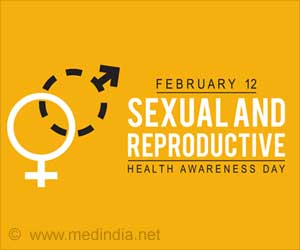sought to derive the relationship between the global distribution of toxic pollution and the impacts of climate change.
‘Countries that face the consequences of climate change are more likely to meet the highest risks of toxic pollution, found a new study. This new research also throws light on which countries should concentrate more to mitigate the risks of climate change.’
The team collected and analyzed three datasets to measure the distribution of toxic pollution and climate change worldwide.
ND-GAIN: An index of 182 countries that summarizes a country’s vulnerability and exposure to climate impacts risks. It also tells about a country’s readiness to improve climate resilience
EPI: Ranks 180 countries on 24 performance indicators across 10 issue categories covering environmental health and ecosystem vitality
GAHP: Estimates the number of toxic pollution deaths for a country, including deaths caused by exposure to toxic air, water, soil, and chemical pollution globally
They also measured the correlations between the distribution of toxic environments, total deaths that occurred due to pollution, and climate risk. The authors further created a measure called “Target” that combines a country’s climate impacts risk, toxic pollution risk, and potential readiness to mitigate these risks.
On applying this, they found that ten countries such as Singapore, Rwanda, China, India, Solomon Islands, Bhutan, Botswana, Georgia, the Republic of Korea, and Thailand should concentrate more on mitigating the risks. In contrast, Equatorial Guinea, Iraq, Jordan, the Central African Republic, and Venezuela have outstanding governance that effectively addresses pollution effects.
“Given that a large portion of the world’s population lives in countries at higher toxic pollution and climate impacts risk, understanding where and how to target in pollution risk mitigation is critical to maximizing reductions of potential human harm,” concluded the authors.
Source: Medindia



